

Choosing the right drywall screws and anchors is crucial for secure and long-lasting installations. This guide covers everything you need to know, from understanding different types of screws and anchors to selecting the best option for your specific project, ensuring your drywall projects are completed successfully and safely.Understanding Drywall ScrewsTypes of Drywall ScrewsDrywall screws are specifically designed for attaching drywall to wood or metal studs. Here's a breakdown of the common types: Type S Screws: These are designed for attaching drywall to wood studs. They have a sharp point for easy penetration and a bugle head to prevent tearing the paper facing of the drywall. Type W Screws: These are designed for attaching drywall to metal studs. They have a sharper, self-tapping point that can penetrate metal more easily. Self-Drilling Screws: Also known as self-tapping screws, these have a drill-bit tip that allows them to drill through metal studs without pre-drilling.Drywall Screw SizesThe length of the drywall screws you need depends on the thickness of the drywall you're using. Here's a general guideline: 1/2-inch Drywall: Use 1 1/4-inch drywall screws. 5/8-inch Drywall: Use 1 5/8-inch drywall screws.Choosing the Right Drywall ScrewConsider the following when selecting drywall screws: Stud Material: Wood or metal? Use Type S for wood and Type W or self-drilling for metal. Drywall Thickness: Use the appropriate length based on the drywall thickness. Corrosion Resistance: For damp environments, choose coated or stainless steel drywall screws.Understanding Drywall AnchorsTypes of Drywall AnchorsDrywall anchors are used when you need to hang items on drywall where there isn't a stud behind the wall. Here's a look at the common types: Plastic Anchors: These are inexpensive and easy to install, but they have a lower weight capacity. They are suitable for light items like small picture frames. Self-Drilling Anchors (also known as Wall Anchors): These anchors have a sharp point that allows them to be screwed directly into the drywall. They provide better holding power than plastic anchors. Molly Bolts: These anchors expand behind the drywall when tightened, providing a strong and secure hold. They are suitable for heavier items like shelves. Toggle Bolts: These anchors have wings that spread out behind the drywall, providing the strongest hold. They are ideal for very heavy items like large mirrors or TVs.Weight Capacity of Drywall AnchorsThe weight capacity of a drywall anchor depends on the type of anchor and the thickness of the drywall. Always check the manufacturer's specifications before hanging an item. Anchor Type Approximate Weight Capacity (per anchor) Typical Applications Plastic Anchor 5-10 lbs Light picture frames, small decorations Self-Drilling Anchor 15-25 lbs Small shelves, mirrors, towel bars Molly Bolt 25-50 lbs Heavier shelves, curtain rods Toggle Bolt 50+ lbs Large mirrors, TVs, heavy shelving *Note: Weight capacities are approximate and vary depending on the manufacturer and installation. Always refer to the manufacturer's specifications.Choosing the Right Drywall AnchorConsider the following when selecting a drywall anchor: Weight of the Item: Choose an anchor with a weight capacity that exceeds the weight of the item you're hanging. Drywall Thickness: Some anchors are designed for specific drywall thicknesses. Type of Item: Consider the type of item you're hanging. For example, a picture frame requires a different anchor than a heavy shelf.Installation Tips for Drywall Screws and AnchorsInstalling Drywall Screws Use a screw gun or drill with a drywall screw setting. Drive the drywall screws straight into the drywall until the head is slightly below the surface of the paper. Avoid over-driving the screws, which can damage the drywall. Space screws every 12 inches along the studs.Installing Drywall Anchors Follow the manufacturer's instructions for the specific type of anchor you're using. For self-drilling anchors, screw the anchor directly into the drywall. For plastic anchors, pre-drill a hole slightly smaller than the anchor. For molly bolts and toggle bolts, insert the anchor through the item you're hanging and then into the drywall. Tighten the anchor until it is secure.Where to Buy Drywall Screws and AnchorsDrywall screws and anchors are widely available at: Home improvement stores (e.g., Home Depot, Lowe's) Hardware stores Online retailers (e.g., Amazon, Hebei Muyi Import&Export Trading Co.,Ltd's website, if they sell directly to consumers) For high-quality drywall screws and anchors, consider exploring Hebei Muyi Import&Export Trading Co.,Ltd, a reputable supplier with years of experience in the industry.Troubleshooting Common ProblemsScrews Stripping or Not Holding Use the correct type of screw for the stud material (wood or metal). Ensure the screw is long enough to penetrate the stud. Avoid over-driving the screw. If the hole is stripped, use a larger screw or move the screw to a new location.Anchors Pulling Out of the Wall Use an anchor with a higher weight capacity. Ensure the anchor is properly installed according to the manufacturer's instructions. Avoid overloading the anchor. If the anchor is pulling out, try a different type of anchor or move the item to a location with a stud behind the wall.ConclusionChoosing the right drywall screws and anchors is essential for a successful drywall project. By understanding the different types of screws and anchors, their weight capacities, and proper installation techniques, you can ensure your drywall is securely fastened and your hung items are safely supported. Always refer to the manufacturer's instructions for specific guidance on the products you are using.



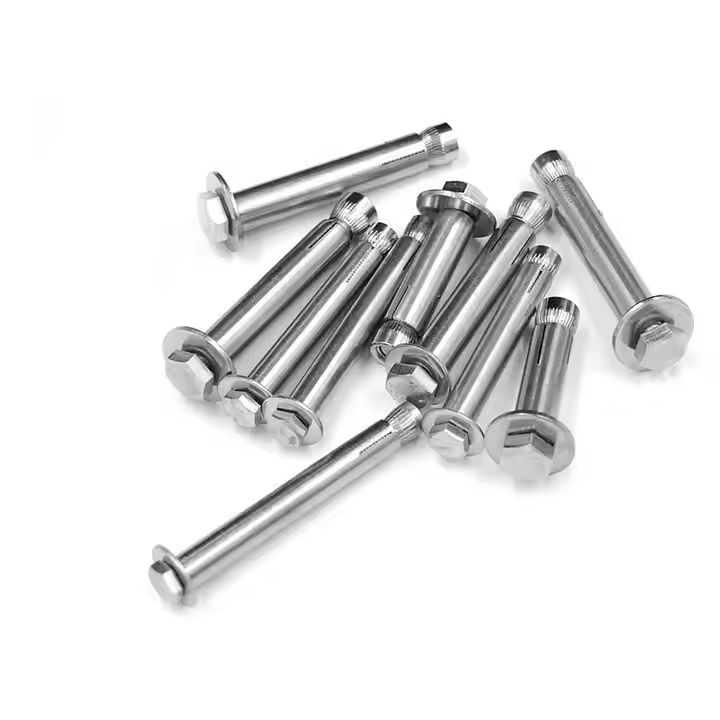

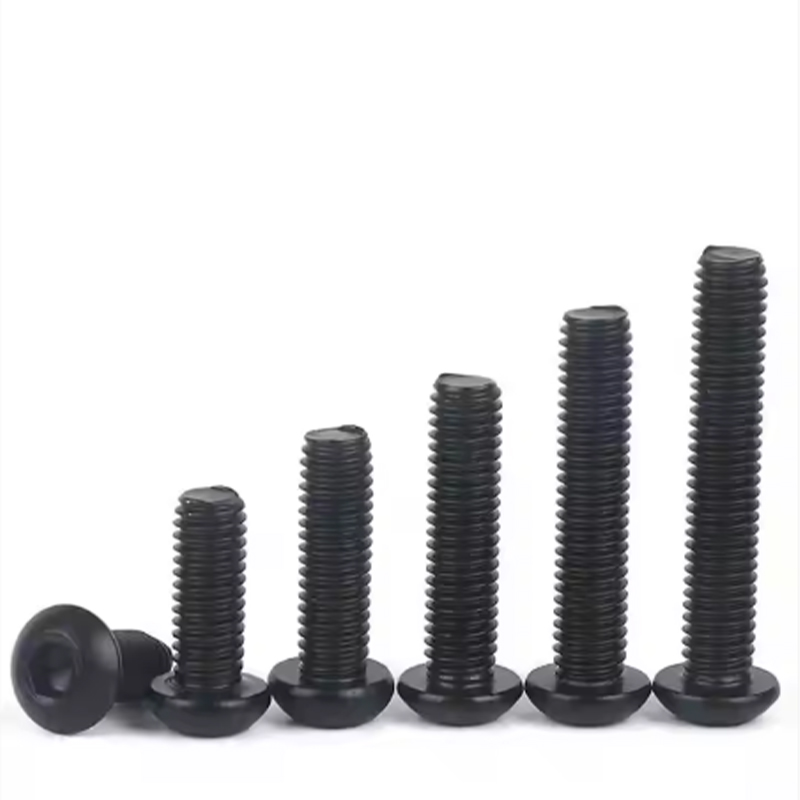


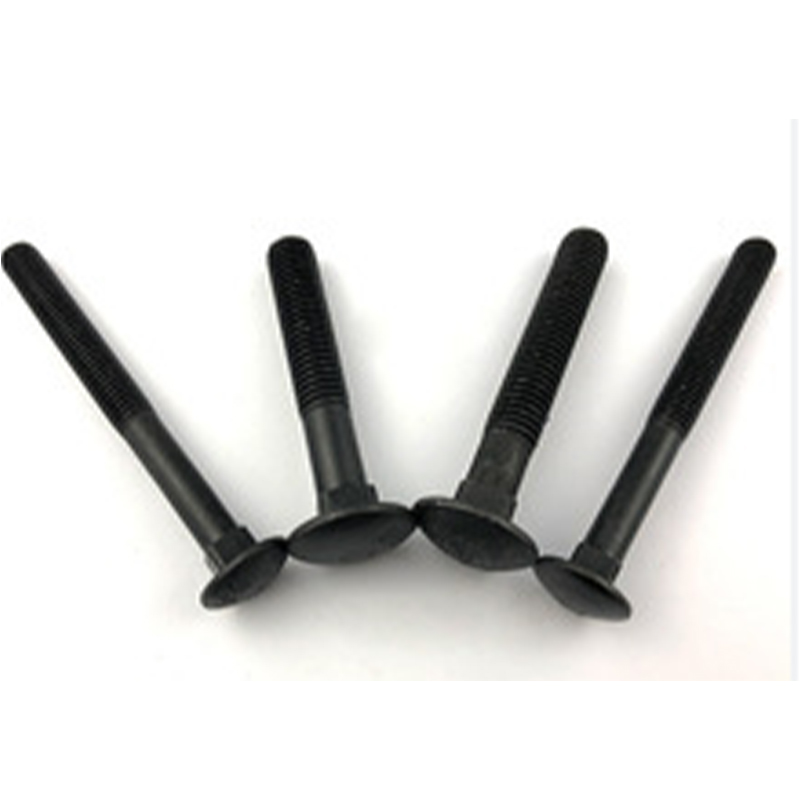
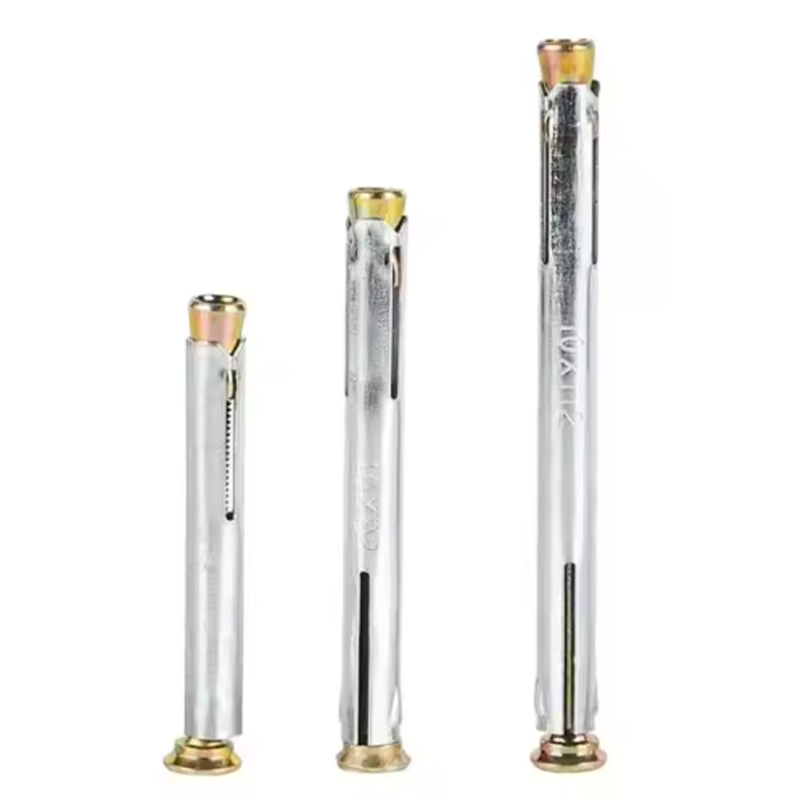
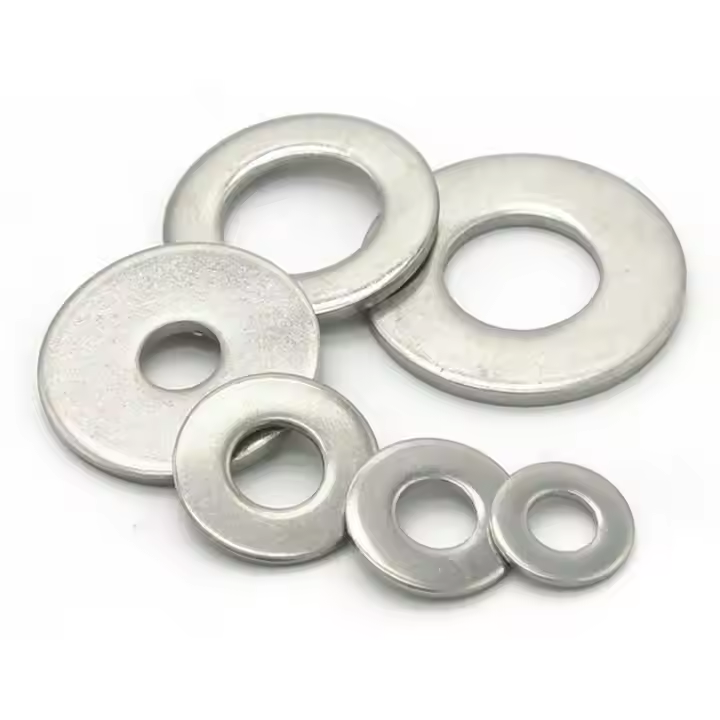
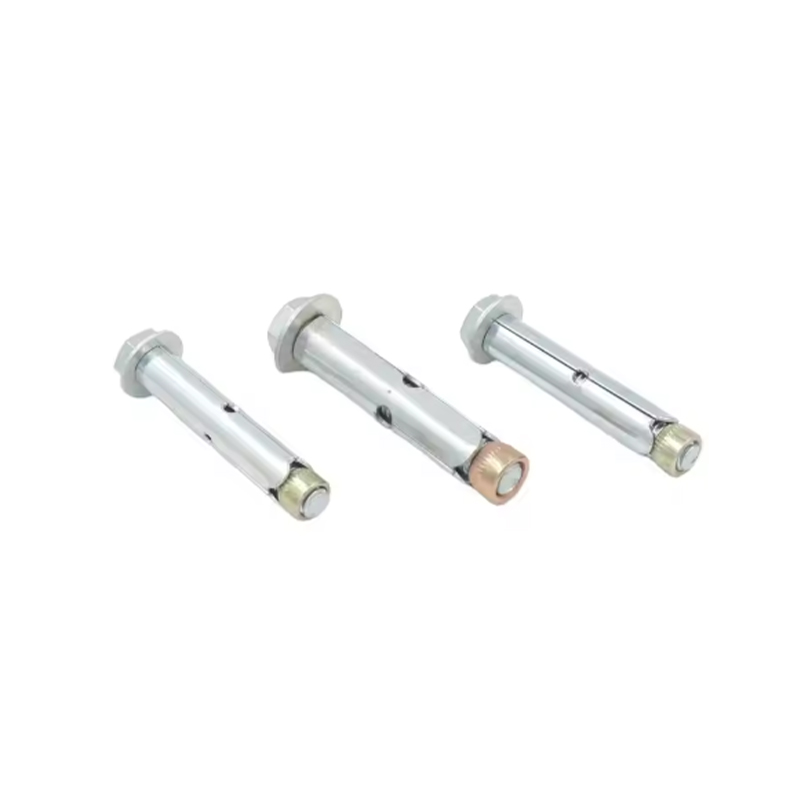
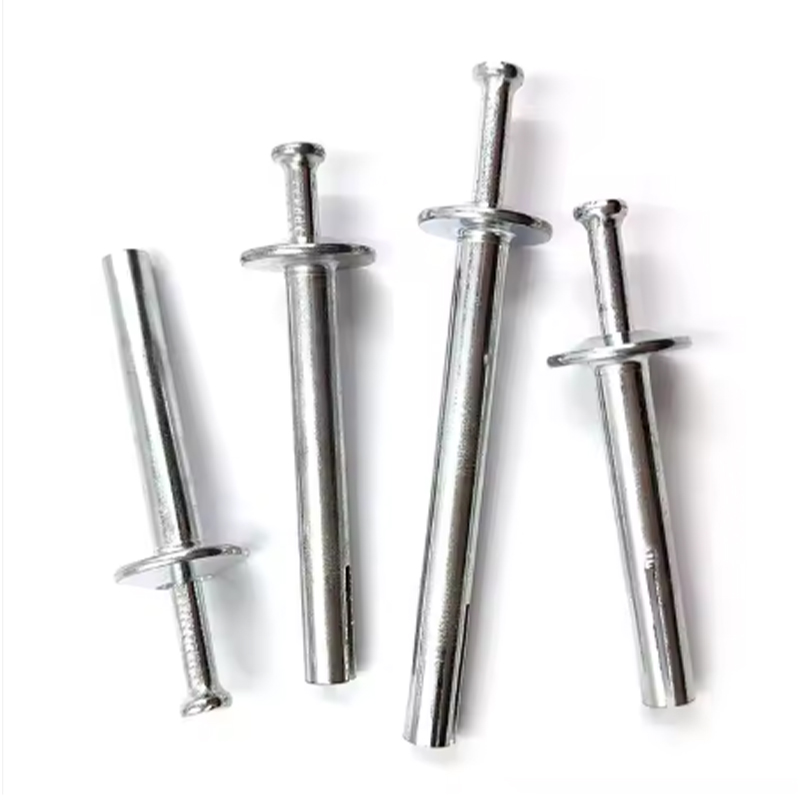
Please enter your email address and we will reply to your email.